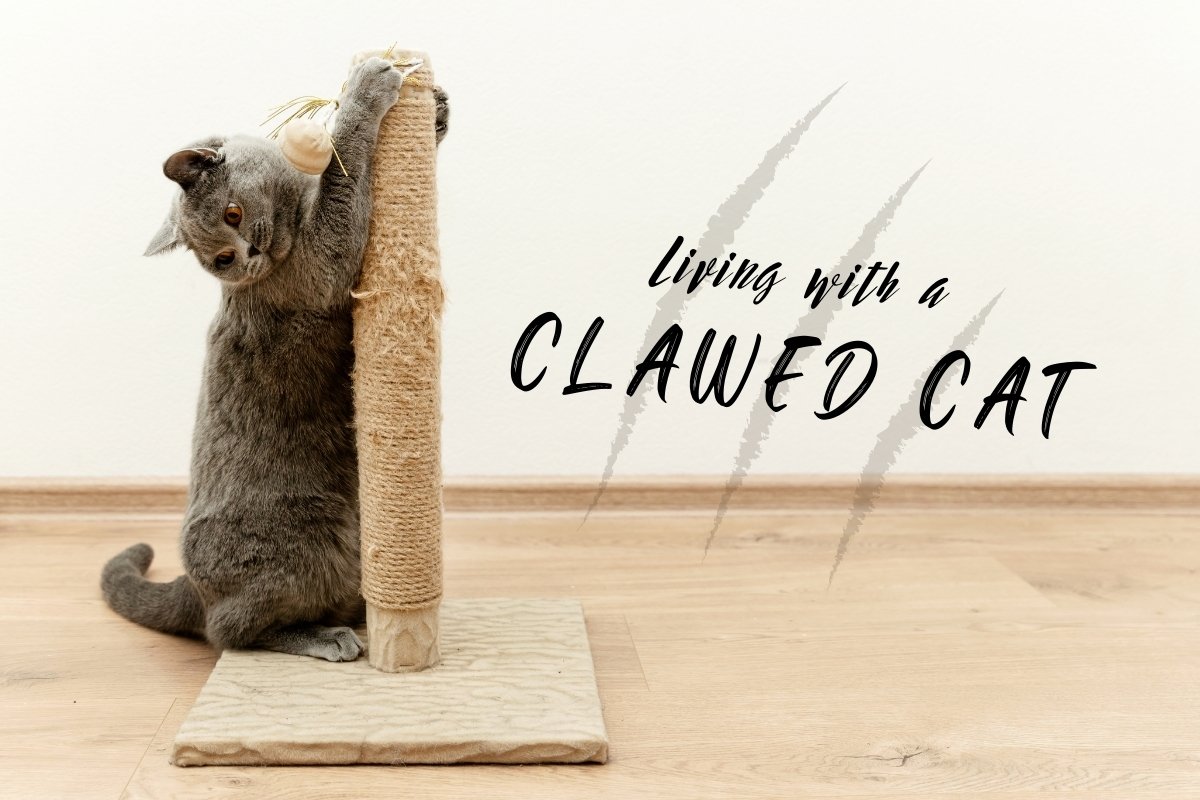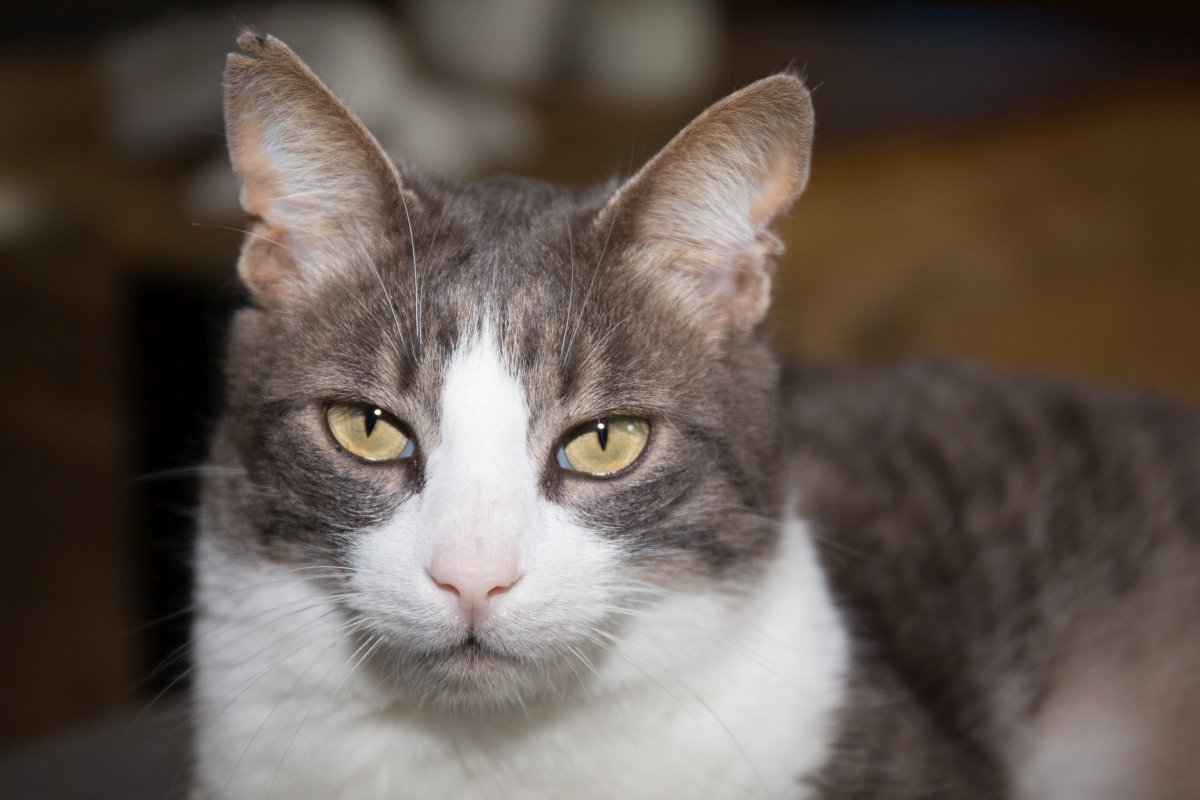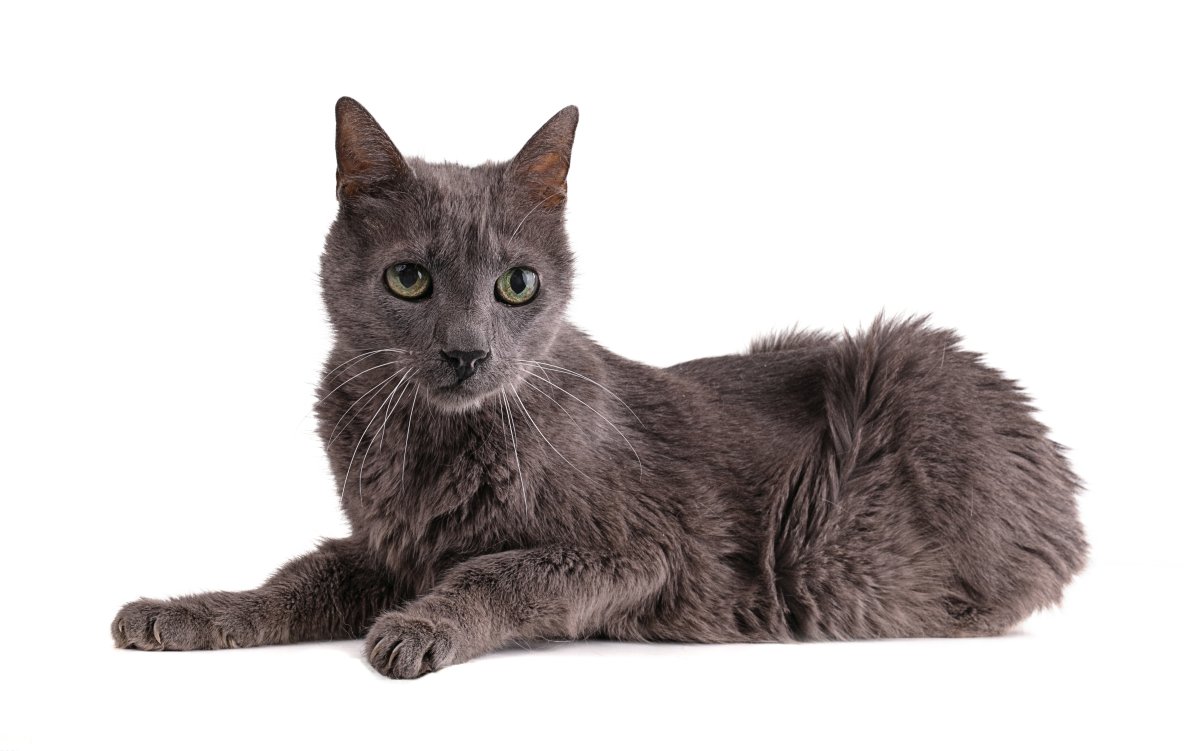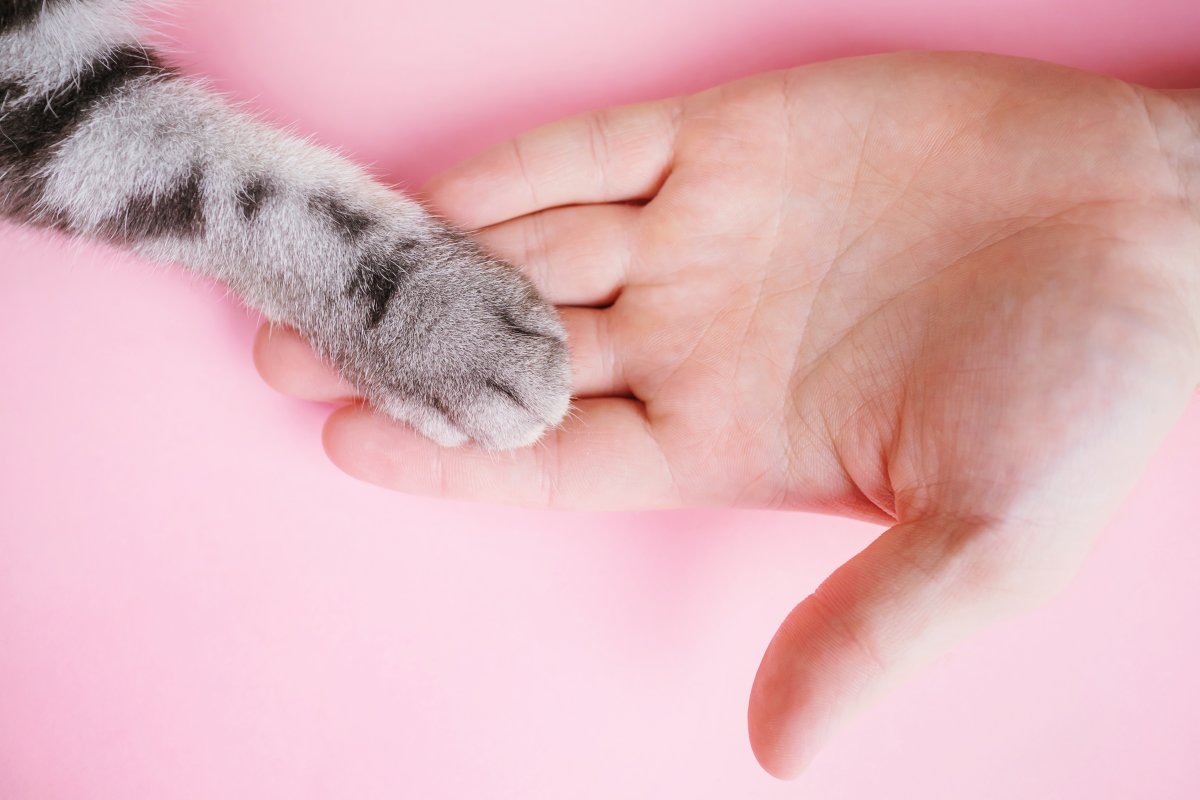A kitten’s paws are like the hands of a baby, and as they grow their claws, they need extra attention and supervision. This is because a clawed cat may use its claws in destructive manners that can be bad for both the parent and the cat.
Naturally, the clawed can develop a negative habit of scratching the furniture around, such as leather sofas which can be easily ruined by something sharp. However, this does not mean that you should get your cat declawed; you should instead consider training options and getting a better understanding of your cat’s claws.
Why Do Cats Have Claws?
Almost all cats have maintained their survival instincts from their ancestors. A clawed cat has more advantage over cats with no claws, especially out in the wild. A cat’s claws are unique and serve several important purposes. The forelimb claws are retractable and can be exposed by the cat to reveal her sharp nails on demand.
They can be used in times of need, such as during a hunt for prey which can help capture and grasp the animal. Not only that, but cats use their claws to grab onto inclined surfaces to climb up and whatnot. Physically marking territory is also done using the claws through scratching along with chemically marking territory through urinating over the desired spot.
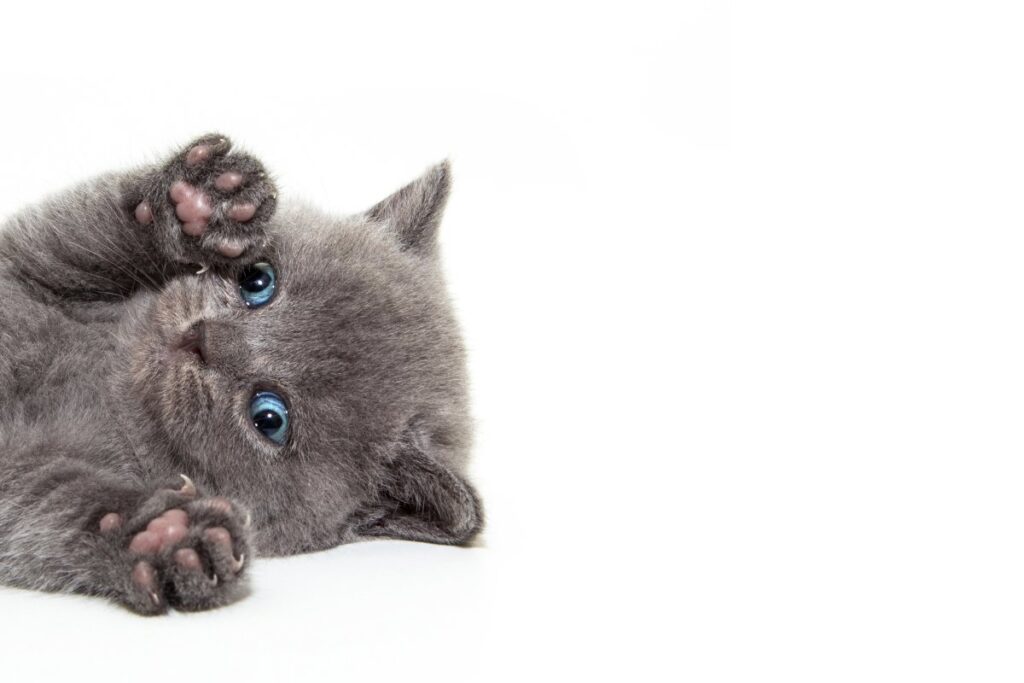
Why Do Cats Scratch Random Objects?
Your clawed cat’s scratching behavior is normal, natural, and necessary for the cat. Often, many cat parents assume that their cat is trying to indicate anger or revenge by destroying objects around the house by scratching them when that is not the case.
A cat’s scratching habit is a way of communicating stress and anxiety and the attempts of treating them. Here are a few reasons why your clawed cat is scratching inanimate objects.
- To claim and mark territory by leaving a visual sign for other cats to take note of.
- To renew their nail by ridding old nail growth to allow for and expose new sharper nails underneath.
- To have a grip on a surface when they stretch their limbs.
If your cat has started to scratch more often than before, then it is a clear indication of increased stress and anxiety. This may be due to a fear of restriction to its favorite rooms, food, water, litter box, and even treats.
It is important to figure out the exact reason and causes of the stress your cat is going through for the simple fact that their health can be compromised. A urinary tract infection is one of the most common results of high-stress levels in cats. Therefore, consulting with a veterinarian would be an ideal decision to make.
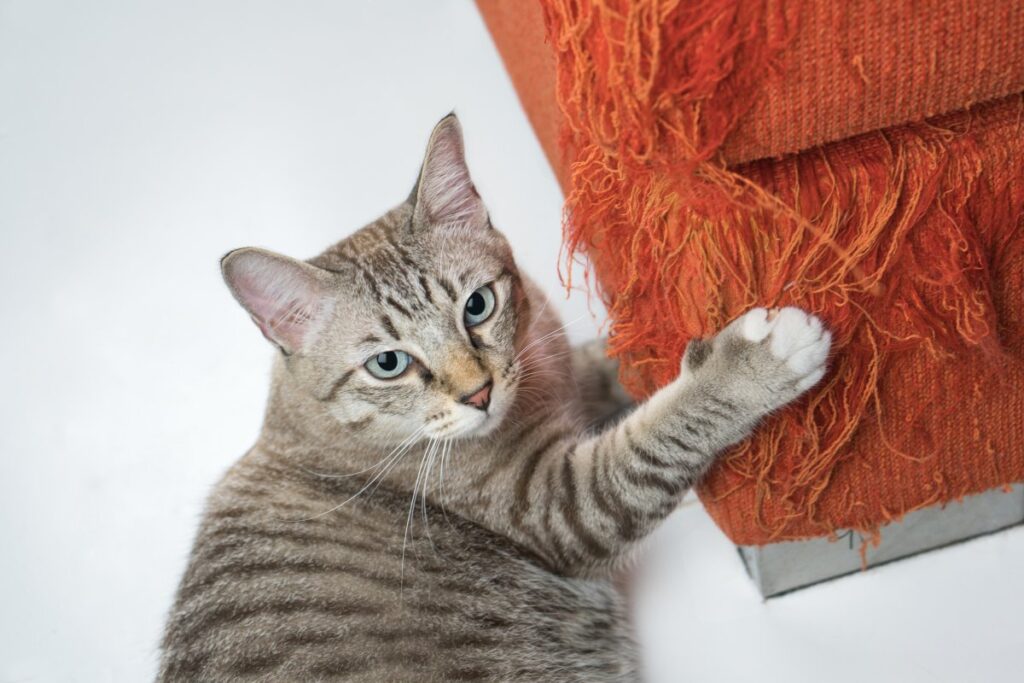
Tips for Living With a Clawed Cat
Trim the Nails
Although trimming will only render the damage caused by your cat’s claws a little less destructive, trimming your cat’s nails is an easy way to control the damage around the house.
Bear in mind that this may not help your cat understand that you are trying to discourage the behavior. If you find the task of trimming your cat’s nails difficult, then you can pay a minimal fee to your veterinarian to get it done.
Scratching Post
To cater to your clawed cat’s scratching urge, you can consider getting a scratching post that ticks a few boxes. Firstly, make sure the post is tall enough so that your cat can do a complete vertical scratch. Moreover, the post should be sturdy enough to withstand your cat’s full body weight and be covered with nice material.
To encourage your cat to start using the post, pretend to be a cat and play with it, and your cat will eventually join in. Place the scratching post in areas where your cat is likely to use the claws. For example, near the bed, it can use the post to stretch after a good nap.
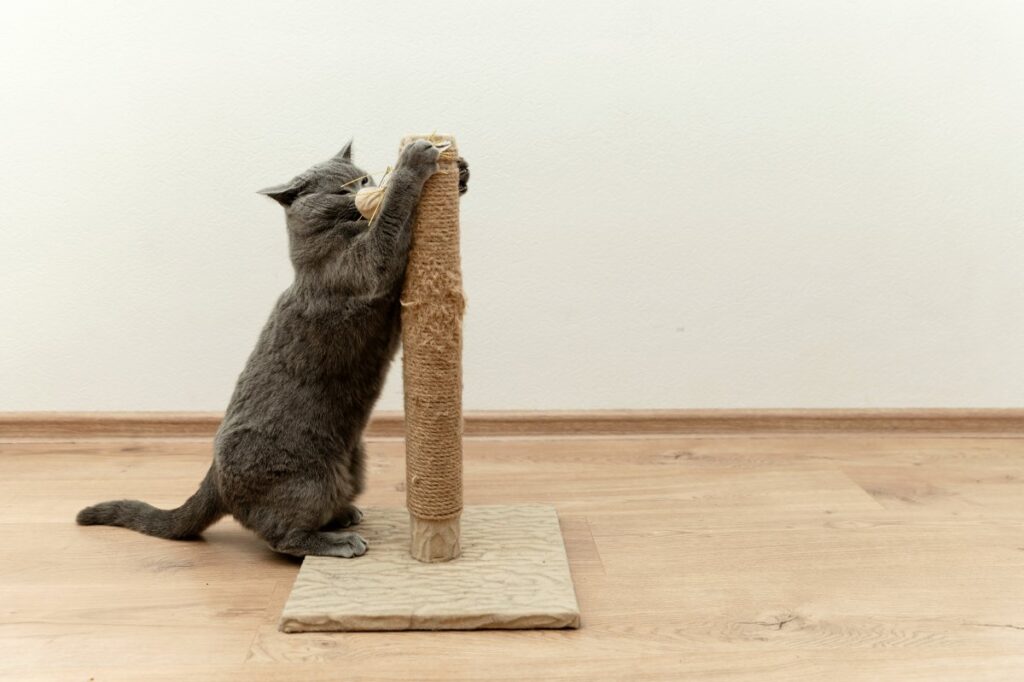
Reward Good Behavior
Just like human babies, cats can also be trained to adopt or drop any good or bad habits simply through a reward and discouragement rule. Praising your cat after a desirable behavior by giving treats can be a good way to establish healthy habits. So do not hesitate to slide a few extra treats after your cat uses the scratching post or after a nail trimming session.
Discourage Bad Behavior
You must use the following tricks to discourage your cat’s bad behavior right as she does it since delaying it will confuse your cat as to why she is being “punished.” NEVER use physical punishments like shaking or hitting your cat. This is not only cruel and unethical, but it also leads to worse behavioral problems in the future.
Pennies in the Can Trick
Whenever your cat starts scratching objects around the house, shake the can full of pennies a few times, and it should stop doing it. Cats don’t like the sound, and this may discourage future attempts as well.
Mister Spray Bottle
Whenever you catch your cat using its claws to attack objects around the house, give it a spray, and it will stop doing it. Cats despise being wet, so don’t drench them with too much water.
Double-sided Tape
Consider taping around the areas where your cat likes to scratch with double-sided tape. Cats don’t like the sticky feeling and will eventually avoid the spot.
Citrus Scented Spray
Spraying the area where your cat scratches with some citrus-scented spray can be a good way to keep her away from it and prevent the scratches.
Conclusion
A clawed cat and its destructive behavior can be quite undesirable regardless of how adorable it might be. But this does not call for declawing or getting rid of the cat. A great way around this is to simply train her by rewarding good behavior and discouraging unpleasant behavior.
Using the tips provided above should help you navigate through living with a clawed cat. Tricks such as pennies in the can and sprays will be effective as long as your cat doesn’t relate you with the punishment; otherwise, it will continue to scratch. So make sure to get others involved to convey the message.

